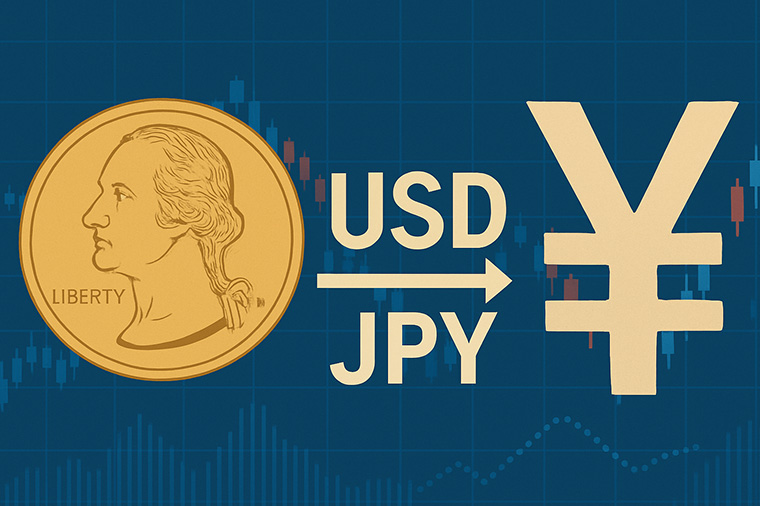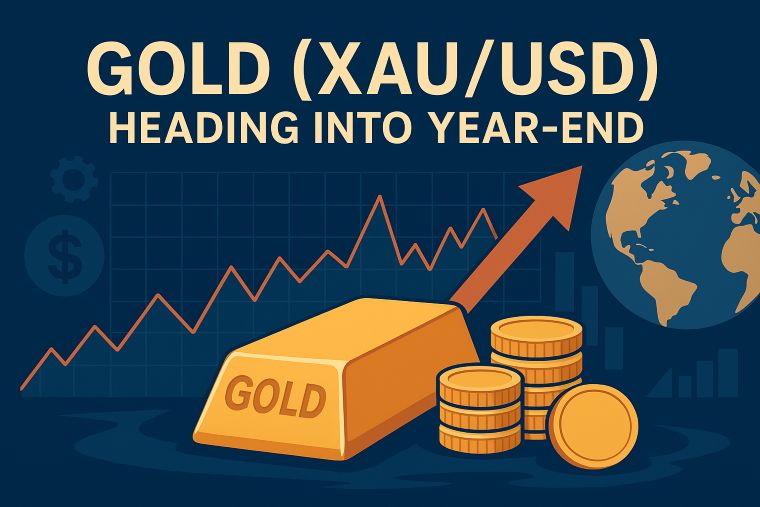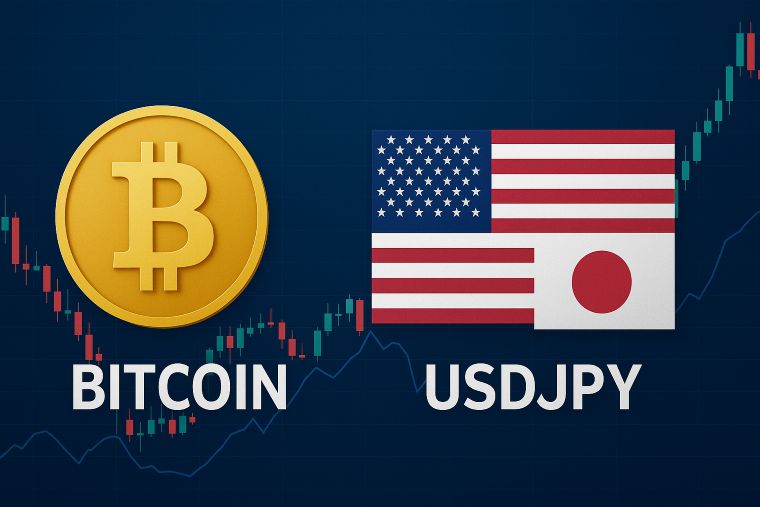2 min to read
USDJPY Outlook Navigating Geopolitical Risks and Global Economic Crosswinds
Escalating Geopolitical Tensions and the Dollar’s Safe-Haven Status

“As we move through the middle of 2025, the USD/JPY exchange rate remains elevated, with the U.S. dollar staying strong and the Japanese yen under continued pressure. Going forward, currency market trends will be increasingly shaped by geopolitical uncertainty and global economic dynamics. This column explores the current landscape of risk factors and provides a multifaceted outlook on the USD/JPY pair”
Escalating Geopolitical Tensions and the Dollar’s Safe-Haven Status
Ongoing geopolitical flashpoints—ranging from the war in Ukraine and instability in the Middle East to rising tensions in the Taiwan Strait—continue to cast a shadow over global markets. In this risk-averse environment, investors are leaning toward traditional safe-haven assets, which has buoyed demand for the U.S. dollar.
By contrast, the Japanese yen, once viewed as a reliable safe haven, has lost some of its appeal due to the Bank of Japan’s prolonged accommodative monetary policy. With interest rate differentials widening in favor of the dollar, the yen has struggled to appreciate even amid risk-off sentiment.
Resilient U.S. Economy and the Fed’s Cautious Stance
As of mid-2025, the U.S. economy continues to demonstrate labor market strength and persistent inflationary pressures. In response, the Federal Reserve has remained cautious about rate cuts, with markets pricing in only one modest cut by year-end.
This policy stance supports higher U.S. interest rates for longer, reinforcing upward momentum in the dollar and keeping the USD/JPY pair biased toward further appreciation.
Japan’s Economic Challenges and the BOJ’s Tightrope
On the Japanese side, although the Bank of Japan implemented its first rate hike in 17 years in 2024, policy rates remain near zero. Economic headwinds—such as sluggish wage growth, weaker consumption, and cautious corporate investment—have dampened expectations for further rate hikes.
This has left the yen fundamentally weak, limiting its ability to recover against the dollar and contributing to sustained yen depreciation.
Currency Intervention Risk and Policy-Driven Volatility
As the USD/JPY approaches and exceeds the 155–160 level, concerns about government intervention by Japanese authorities have resurfaced. Verbal and actual interventions are a recurring theme, with market participants closely watching official comments and actions.
Given the diplomatic complexity of such interventions—especially in relation to the U.S.—policy risk remains a key source of market volatility.
Outlook and Expected Trading Range
Taking all these factors into account, the USD/JPY is likely to trade within a 150–158 range in the coming months. Upside pressures include U.S. rate resilience and ongoing geopolitical tensions, while downside risks stem from potential intervention and a weakening global growth narrative.
Additional uncertainties such as the 2025 U.S. presidential election, as well as renewed concerns over China’s economic slowdown, could also contribute to temporary volatility spikes.
Conclusion
The current USD/JPY landscape sits at the intersection of geopolitics and macroeconomics. Investors and businesses alike must take a broad, long-term view of market developments, paying close attention to global risks and central bank signals. In a climate marked by heightened uncertainty, prudent risk management and tactical flexibility will be essential.
Visit XM Official Website.

